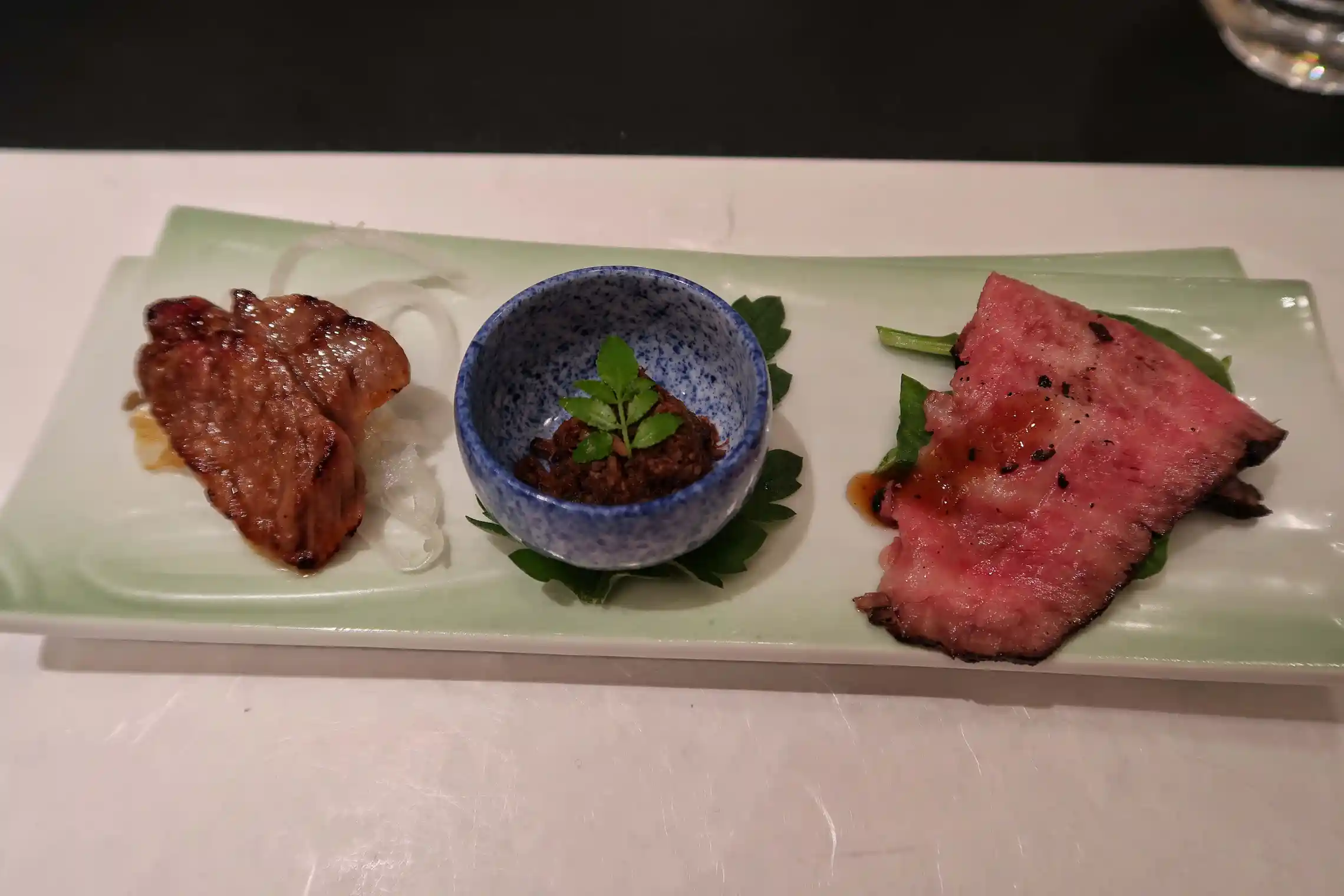
All About the Best Beef in the World.
Wagyu straightforwardly translates to “Japanese cow”. Read about the grading system, the wagyu history and timeline, its grading system, and what makes it all so special, and so worth it.
Wagyu History & Origins
1872
While cows existed in Japan for centuries, it was during the Meiji Period that Japanese locals first consumed beef. It was during this era that the government pushed for its people to eat like Westerners in order to grow taller and stronger – that meant bread, milk, and meat. For the next 100 years, European breeds of cattle crossbred with local cows to reproduce wagyu cattle.
1976
Four wagyu bulls were imported to the US to breed with American cattle, like Angus, which is the origin of American-style wagyu.
1988
The Japanese Meat Grading System was developed to set a standard for Japanese beef and reward the highest quality.
1990
Four breeds of Japanese cattle were classified as superior. These breeds are still considered today’s best wagyu.
1997
Japanese officials declared an export ban on wagyu cattle, considered a national treasure, to maintain authenticity and exclusivity. Today, there are looser regulations that allow the beef to be shipped worldwide.
Wagyu Grading System
There are two parts to the Japanese Meat Grading System. The first is the yield grade or the usability of the meat. A is the most superior, B is average, and C is below average. The second is the meat quality grade, as in the marbling, the firmness and texture, and the coloring. This is ranked from 1 to 5 with 5 being the best. Therefore, for the best of the best, A5 is the top grade when it comes to wagyu.
Note About A5 Wagyu versus Kobe beef
A5 wagyu can come from the top Japanese cattle from different parts of Japan. Kobe beef only comes from cattle raised in Kobe, or the Hyogo Prefecture to be specific. Kobe beef is also graded such as with A5, A4, etc. It is important to know that the words “wagyu” and “Kobe beef” have often been abused outside of Japan. Many menus claim that this beef is not actually the real deal. As Kobe beef typically stays in Japan, let alone Kobe itself. And, wagyu beef outside of Japan tends to be the crossbreeds that produce a vastly different marbling, taste, and texture compared to actual wagyu.
Sign up for my newsletter on the sidebar for blog updates and my travel insider tips! And, check out my vlogs on YouTube!


